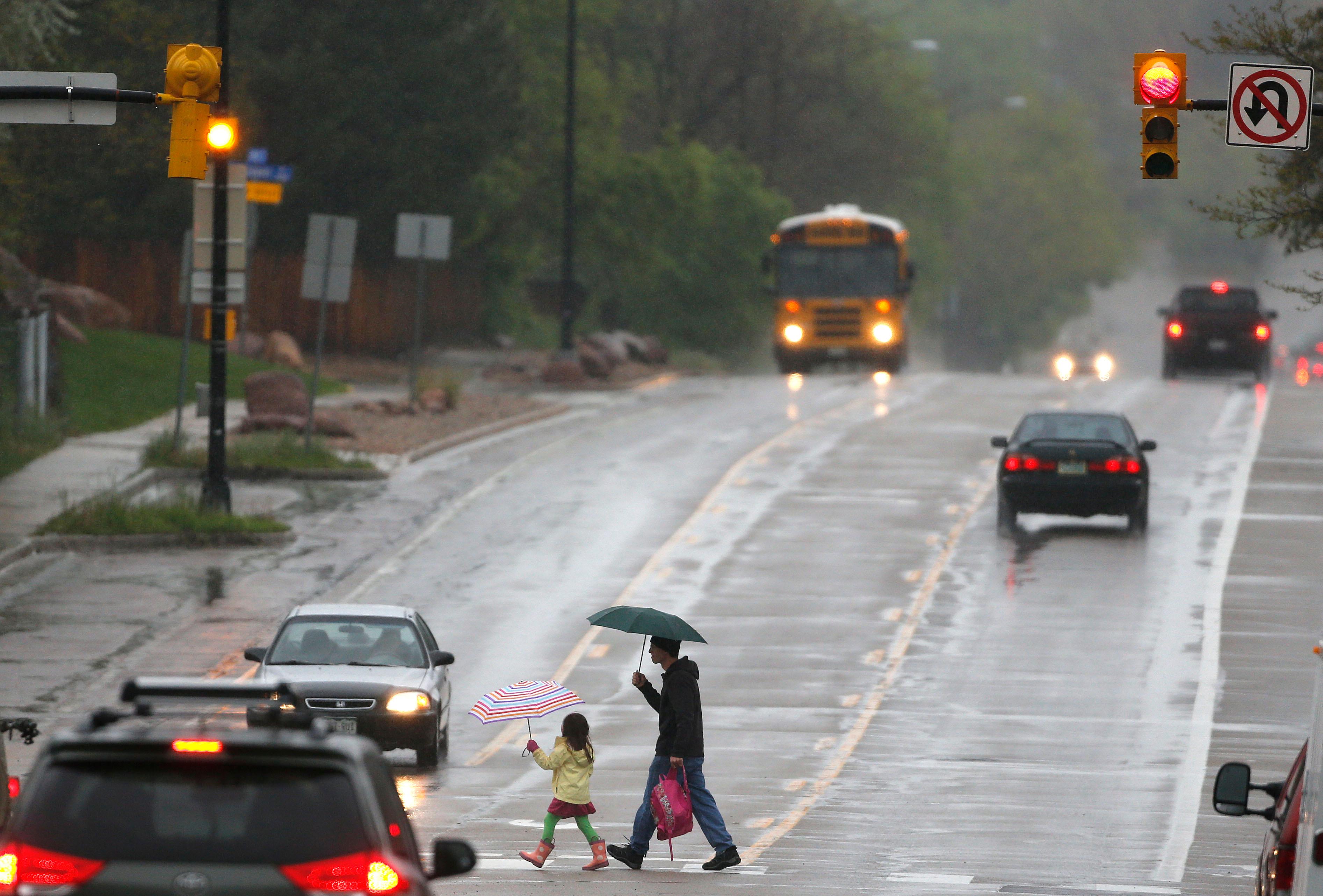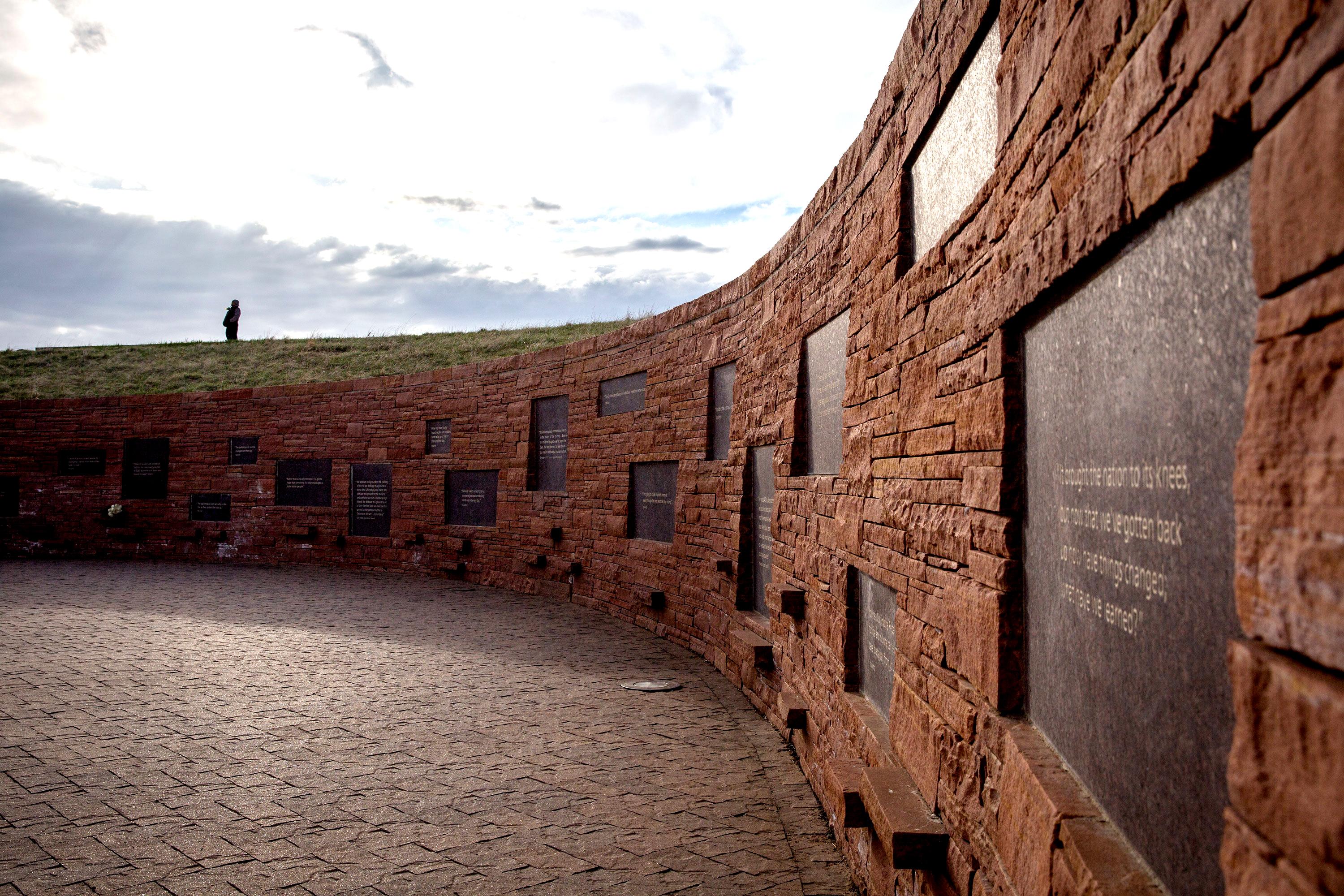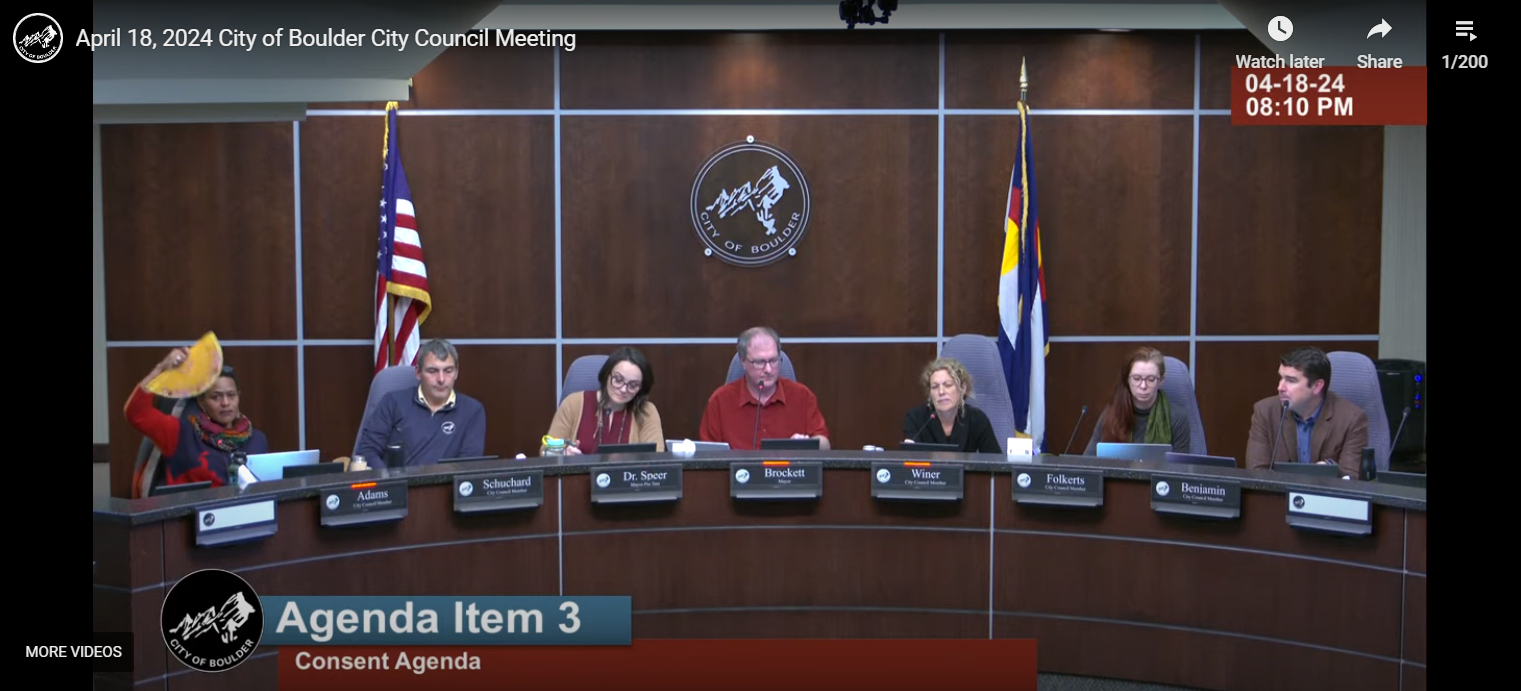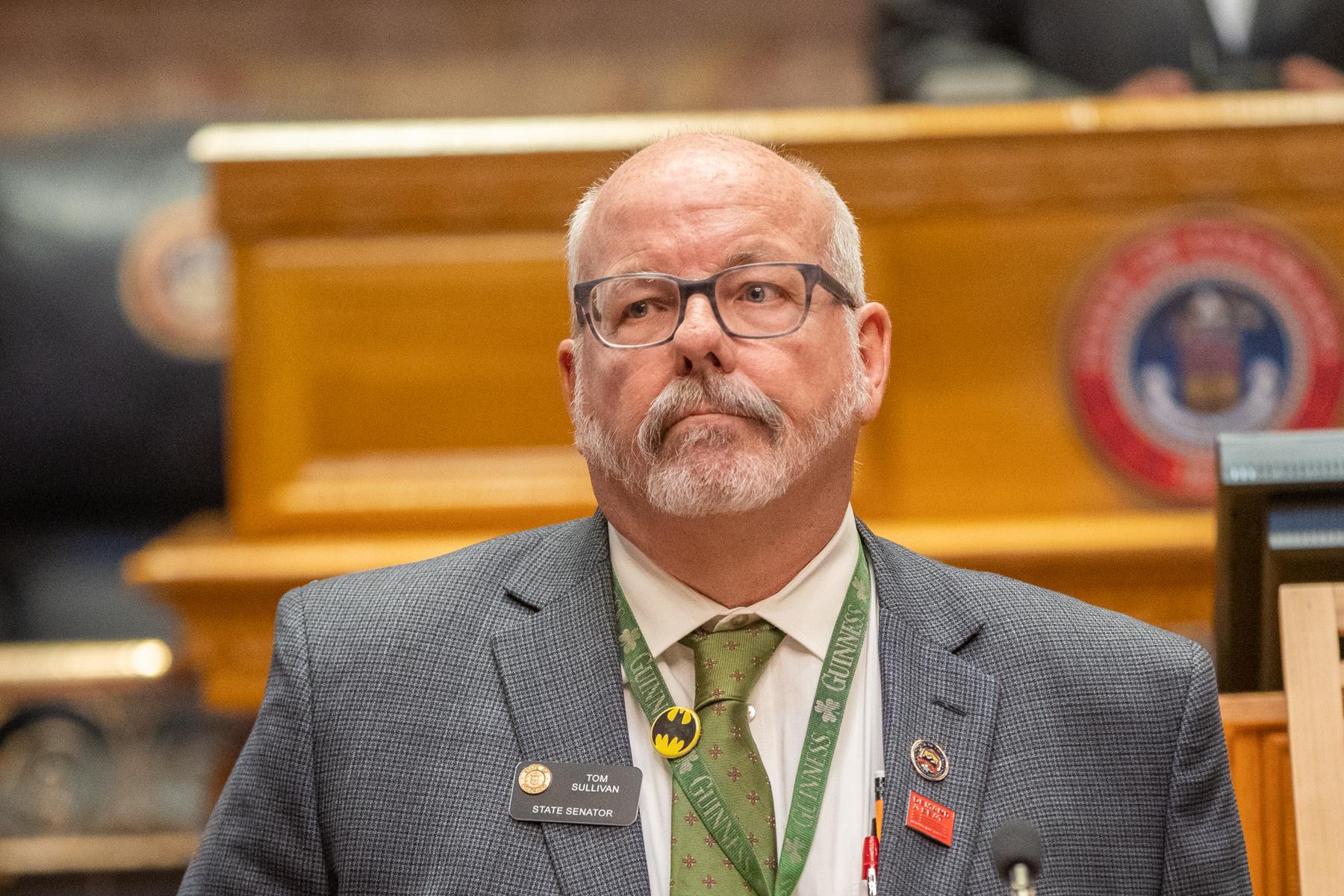
The Gothic Corridor, in a valley north of Crested Butte, has plants and wildlife so diverse and pristine that it's a draw for some of the world's top biologists. They flock each summer to the Rocky Mountain Biological Laboratory, where they run experiments on the lab's private land and on federal land nearby.
But some of that land is increasingly trafficked by hikers, bikers, anglers and campers, which threatens to displace the scientific research happening there. Low gas prices and the elaborate Bud Light commercials filmed in Crested Butte last summer are likely a few of the reasons recreational use has increased.
U.S. Forest Service District Ranger John Murphy says his office has started on a number of initiatives that he says will improve the situation, including limiting places where dispersed camping is allowed; adding signs to make it more clear where driving is allowed; and possibly adding an information kiosk to guide visitors.
Ian Billick is executive director of the Rocky Mountain Biological Laboratory. He talked with Colorado Matters host Ryan Warner.
Why the valley is treasured by scientists:
"It's partly historical: Scientists started coming out here in 1928... And what happens is that through time, a lot of knowledge accumulates about an area, and that becomes very valuable scientifically, particularly as we want to understand how the world changes. So, it's like many of the beautiful valleys around Colorado; it just happens to be one where scientists have been watching it for 80 years."
The kinds of scientific research that takes place at the lab:
"About one third of the calories that humans eat come from plants, which are pollinated by insects and animals. A lot of what the world knows about pollination biology comes from this valley... It's been a wonderful place for scientists that want to understand native pollination systems to come. We also have a lot of research on water -- water quality, water quantity, understanding natural hydrology, how that's going to be changing in the future, how that will affect human health."
On disruptions to research stations:
"We've experienced a number of problems from private trespass... we've had people just wandering through our facilities, we've had people driving through our meadows, driving on top of research sites... We have a number of research sites that are located on public lands right above us, and we've had issues with those sites being disturbed by vehicular traffic. There's also a lack of sufficient facilities for human waste, so we've had scientists abandon research sites because of large amounts of human waste."
How Billick would like to see the problems resolved:
"I don't think that fundamentally there's a conflict between use of the public lands and research. It's really just a matter of managing the interactions."









